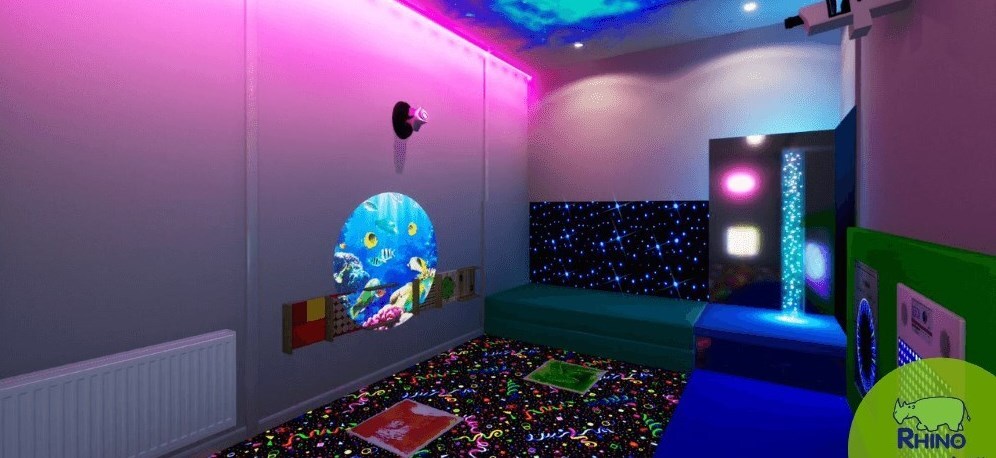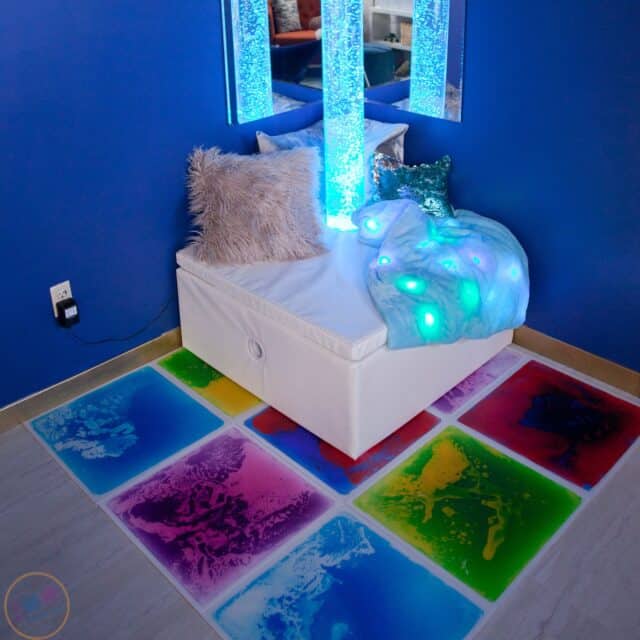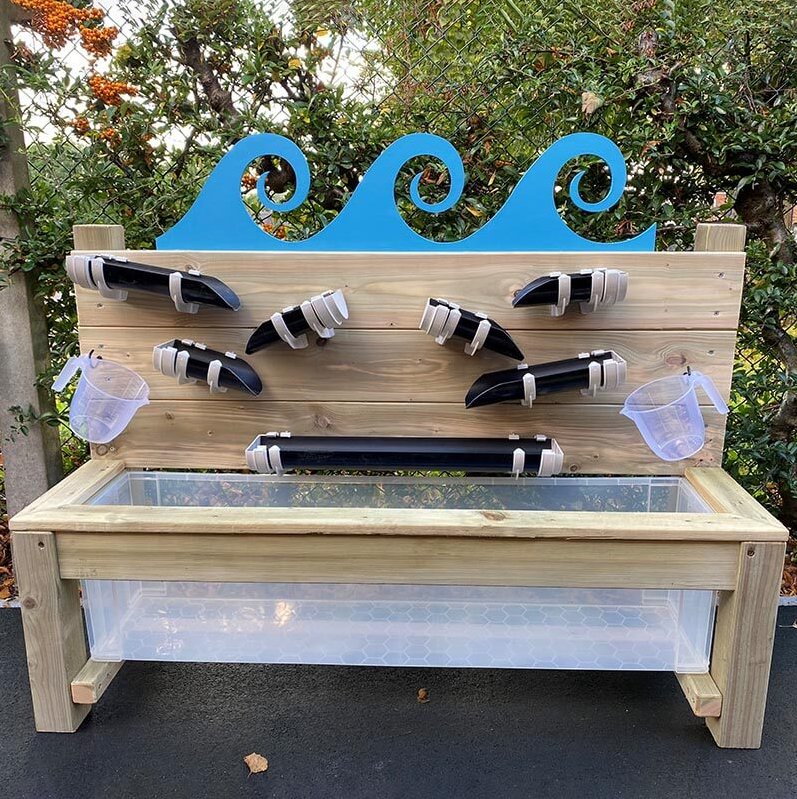
Raised so far
- About
Sensory walk: Ravenscourt Park to Bishops Park
Due to predicted rainy weather, we have postponed the walk to the 3rd May.
- as of 2/05/2023 we have also collected £290 in CASH donations
UPDATED DATE: 3rd MAY 2023
Time: 11am to 1.30
MEET AT: Kings St Enterance of Ravenscourt Park at 10.45am
Look out for our banner and people wearing HF Mencap T-shirts
Please bring your own packed lunch for picnic.

Walking is a fun and accessible form of exercise that most people can get involved with, and it is beneficial for our physical and mental health. We are keen to make 2023 a extra special year, helping rebuild connections lost due to hardtimes.
Sensory walks help individuals to engage with nature, so that they can use their senses to connect with their surroundings, have meaningful experiences and be active. The walks are designed with people with complex disabilities in mind but can be enjoyed by anyone.
You don’t need to take much, or any, equipment.
A sensory walk doesn’t have to be long, you can go on foot, in a wheelchair or using a walker – the walks are inclusive for all.
If the day or activity is not suitable for any reason we encourge you to get active in your own way to help us raise these vital funds.
Walking is a popular activity that you can do alone or in a group. It enables people to get outside, be active and connect with nature. There are many benefits, including:
- Improved social connections.
- Reduced anxiety and stress.
- Improved self-esteem.
- Improved mood and sleep quality.
Helping us refurbish a sensory hangout space and to buy sensory items that will benefit both our MyLife Out about and Youth Development Groups.
Benefits of a Sensory Space
There are many benefits of a sensory space for those who have learning difficulties, developmental disabilities or sensory processing impairments, helping them learn to interact with the world around them in a safe environment that builds up their confidence and their ability.
The user gets an unrestrained, non-threatening space where they can explore at their own leisure, and this freedom lets their support worker, teacher and peers see what calms them, rouses them and what they do or don’t like.
Sensory environments can be highly absorbing, providing a moment of comfort and calm for overactive and distressed individuals. Similarly, the safe and controlled nature of a sensory room can benefits withdrawn individuals feel comfortable enough to interact with their surroundings.
Encouraging the user to engage with and explore the environment can have positive effects on their ability to understand, react and interact with the larger world around them.
Interactive sensory rooms can help to engage withdrawn individuals, and sensory equipment that focuses on sound can be especially helpful in encouraging vocalisation.
Some ideas:








